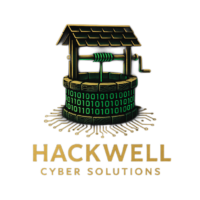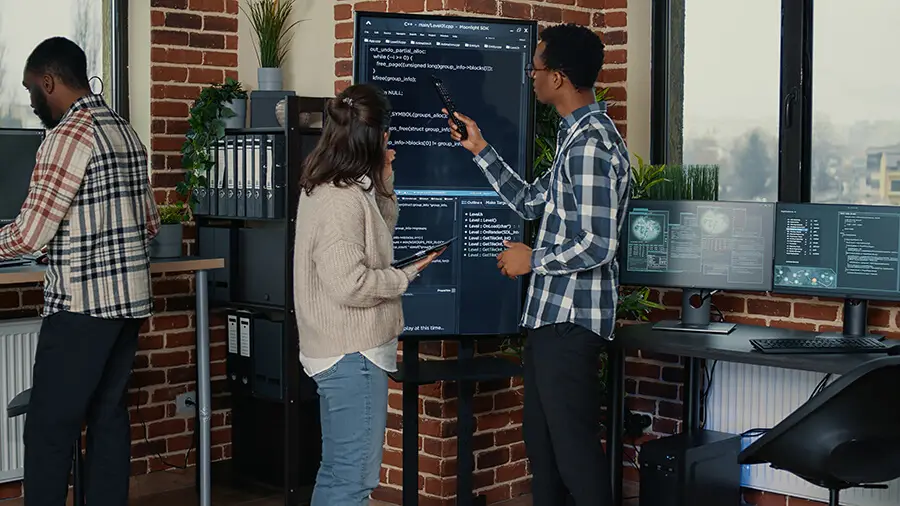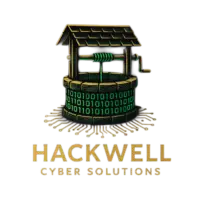Overview
Industry: IT Infrastructure, Software Development, Public Sector
Threat Type: Supply Chain Compromise, Advanced Persistent Threat (APT)
In late 2020, FireEye uncovered one of the most advanced cyber intrusions in recent history. The attack involved a sophisticated adversary compromising the build system of SolarWinds, a major provider of IT management software, and inserting a stealthy backdoor into their Orion platform — a tool used by government agencies and Fortune 500 companies.
The malware, later named SUNBURST, was distributed as part of legitimate updates, giving attackers remote access to victims’ systems under the guise of trusted software.
Attack Vector: Compromised Software Build Pipeline
The adversary gained access to SolarWinds’ internal build environment and introduced SUNBURST into a legitimate DLL file (SolarWinds.Orion.Core.BusinessLayer.dll). This modified file was signed with a valid SolarWinds certificate and included in official software updates.
Steps observed in the FireEye report:
Backdoor Injection: The SUNBURST code was injected into Orion DLLs with careful obfuscation and stealth.
Stealth Delivery: The compromised DLL was delivered via the standard Orion update process between March and June 2020.
Dormant Behavior: Once installed, SUNBURST waited up to two weeks before activating, helping it evade immediate detection.
Command & Control (C2): It communicated with external servers, masquerading as legitimate SolarWinds traffic.
Selective Targeting: The malware used logic to profile victims and decide whether to proceed — avoiding overexposure.
The level of planning, patience, and execution strongly indicated the work of a nation-state-backed group, later attributed to UNC2452 (also known as APT29 or Cozy Bear).
Consequences
Trusted Update Channel Compromised:
Clients unknowingly installed malicious updates from a vendor they trusted.
High-Profile Targets Affected:
While ~18,000 customers received the backdoored update, FireEye noted that only a select subset was actively targeted, including:
Government agencies
Defense contractors
Think tanks
Technology and telecommunications firms
FireEye’s Own Breach:
FireEye discovered the breach after detecting unusual activity within its own network — attackers had used SUNBURST to steal FireEye’s Red Team tools, prompting the firm’s public disclosure and coordinated response.
Key Takeaways
For Businesses:
Harden the Build Environment:
Attackers compromised the software supply chain, not the final product. Businesses developing software must secure build systems, apply access controls, and verify code integrity.
Behavioral Detection Over Signatures:
SUNBURST was designed to blend in. Traditional antivirus missed it. Behavioral analysis and endpoint monitoring were key to its eventual discovery.
Vendor Updates Aren’t Always Safe:
Don’t assume updates from vendors are immune to compromise. Use testing environments, watch for anomalies, and apply zero-trust principles.
Log and Monitor Extensively:
FireEye identified unusual outbound traffic. Network logging, DNS monitoring, and alerting systems can expose dormant threats.
For Individuals:
Avoid over-reliance on any single software vendor
Use host-based firewalls to detect unknown outbound connections
Be cautious when prompted to update — especially if it’s for tools you don’t actively use
Hackwell’s Perspective: What We’d Recommend
This breach wasn’t detected through malware signatures — it was caught through careful monitoring and human insight. Here’s how Hackwell would defend against a similar threat:
Supply Chain Security Audits
We evaluate vendor practices and CI/CD pipelines, ensuring dependencies, update mechanisms, and code signing processes are locked down.
Anomaly Detection Tools
Deploy EDR/XDR tools that track lateral movement and detect subtle deviations from baseline behavior — even from signed software.
Secure Update Verification
Updates should pass integrity validation and be staged in a sandboxed environment before full deployment.
Zero-Trust Implementation
The attack succeeded because one tool had global access. Hackwell enforces strict segmentation and identity-driven access controls.
Hackwell’s Analysis
The SolarWinds attack highlights a truth the industry must face: even trusted software can betray you. This breach didn’t begin at a firewall — it started at the source code level.
Organizations must stop assuming that signed equals safe. They must adopt a mindset of continuous verification, supply chain scrutiny, and assume breach when designing systems.
⚠️ Disclaimer
Hackwell was not involved in the SolarWinds investigation or incident response. This case study is for educational purposes to raise awareness of software supply chain vulnerabilities and promote proactive cyber hygiene practices.
Source
This case study is based entirely on:


